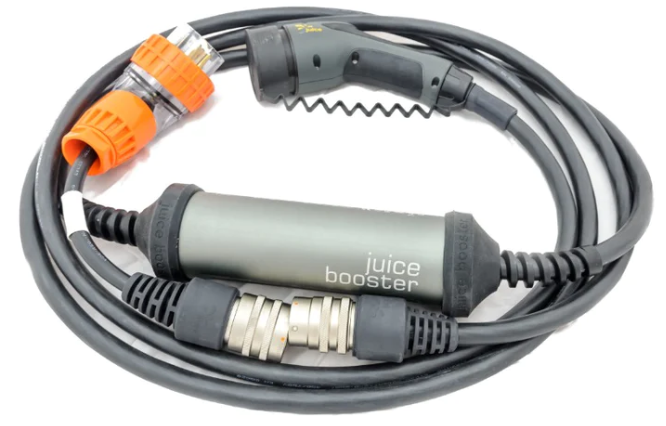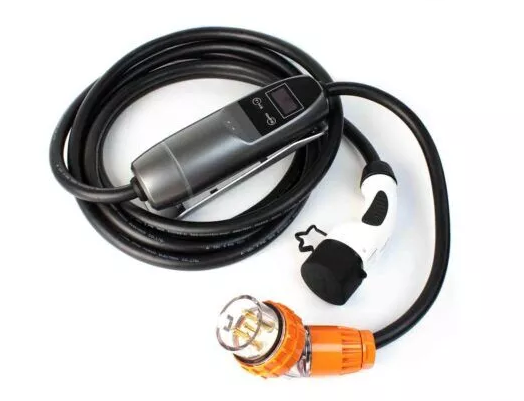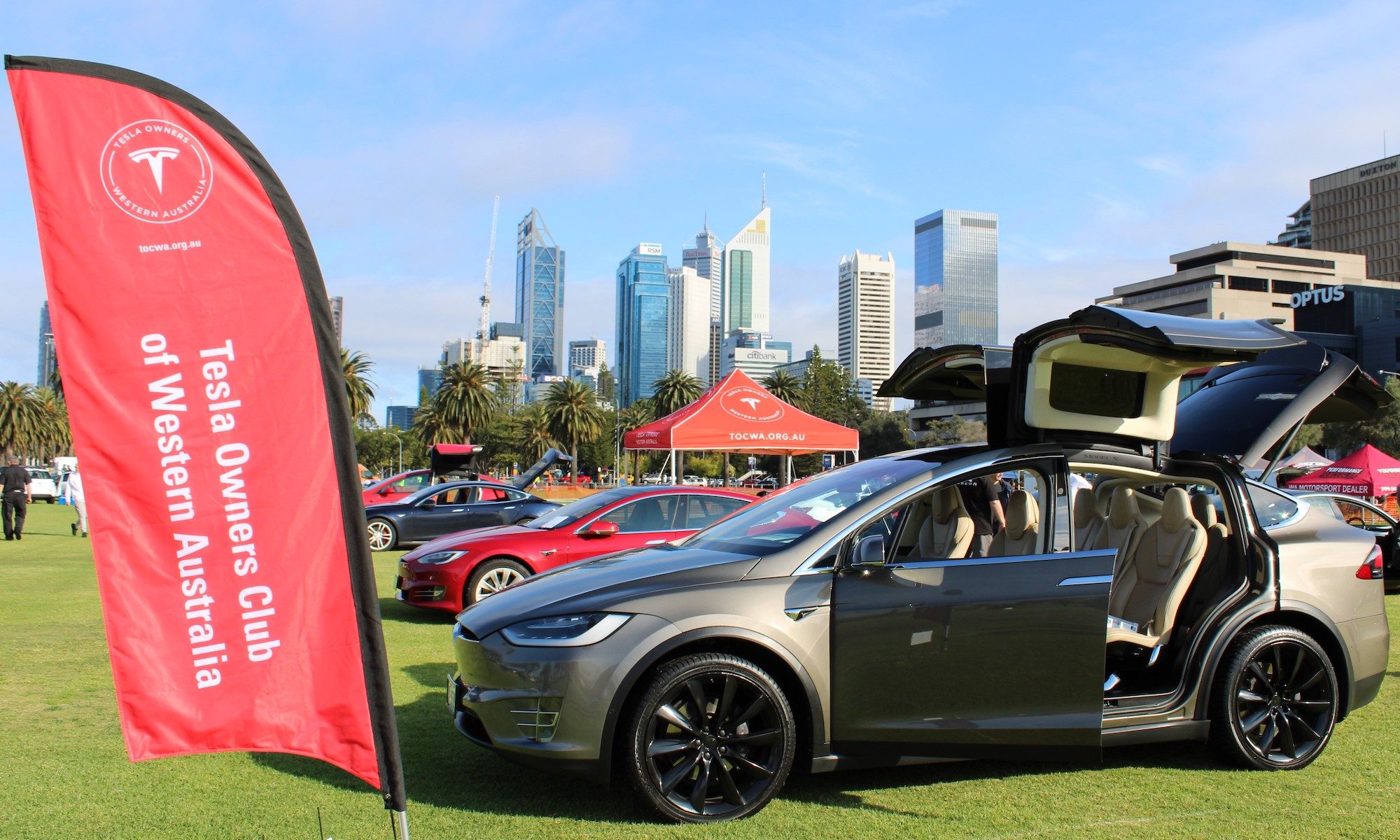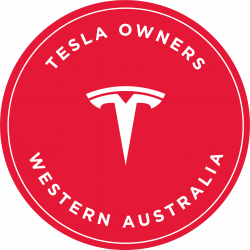The Tesla UMC Gen 2 (mobile connector) was introduced into Australia in mid 2019, all Tesla’s ordered before July 9th 2022 were provided with this charging cable for free, any buyers who ordered cars after that time have the option of purchasing from Tesla for $550 or looking for an aftermarket alternative. Many choose to stick with the Tesla product as it’s still one of the lower priced cables available.
Most owners make use of the included 10amp or 15amp plug. For home charging this provides enough charge for drivers that average up to 120kms per day, keeping in mind that the average Australian car of any fuel type travels only 38kms per day.
A common practice among Tesla owners is to purchase what is known as the Tesla UMC to 3 phase tail (approximately $150). This is a well made adaptor that connects straight into a 5 pin 3 phase outlet, this increases the potential power available to 32amp single phase, very handy for home charging if the electrician installing the 3 phase socket gives it the all clear. A Tesla owner could then add up to 300kms a day while parked at home.

Despite its low price and versatility at home the 3 phase tail has an Achilles Heel when used in regional areas on long trips- it’s NOT 3 phase, it’s only single phase.
The downsides:
- A Tesla model 3 or Y has an 11kw 3 phase onboard charger, 11kw is only possible when the car is connected to a power source with a minimum of 3x 16amps, most 3 phase outlets in regional areas are 20amp or 32amp so that’s not an issue, the issue is the Tesla Gen2 UMC plus tail is limited to 32amp single phase, that’s 7.4kw from a 32amp outlet, or 5kw from a 20amp outlet. A prime example of how crippling this can be is at Border Village in South Australia, where the power outlet is limited to 20amp 3 phase. A Tesla using the correct 3 phase cable can charge at 2.4 times the speed as a Tesla using the Gen2 UMC. Border Village is one of the better roadhouses but hanging out there for many hours longer than necessary should be avoided.
- A correct 3 phase cable (also known as an EVSE) drawing 16amps from each 20 or 32amp wire is unlikely to trip the breaker even over a long charging session, drawing 32amps through one phase for hours on end adds to the possibility of tripping a breaker, that’s not a situation you need while asleep or away from phone connection.
- Lastly, drawing 32amps single phase on a site with low generating capacity at certain times of the day can cause the maintenance chief to get a bit agitated, a reliable electricity supply is critical to regional locations, at least one regional roadhouse that I know of has now barred EVs from charging after 7 years of goodwill.
What cables are best:
There are a number of 3 phase EVSE cables available including the high priced but extremely tough Juice Booster 2, the Kwik Mode 2 EV charger or the KHONS 3 phase charger. All have type 2 plugs on the car end and are easy to operate and store.



Over the past 7 years I’ve plugged into the vast majority of official Plugshare 3 phase outlets across Australia, I can confidently say if you use the correct equipment your journey will be smooth, if you try and save a few dollars you’ll soon regret it.

